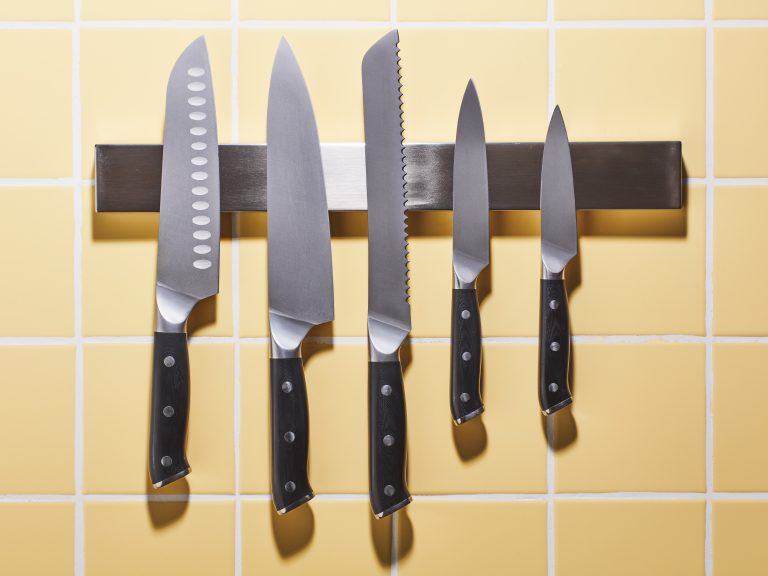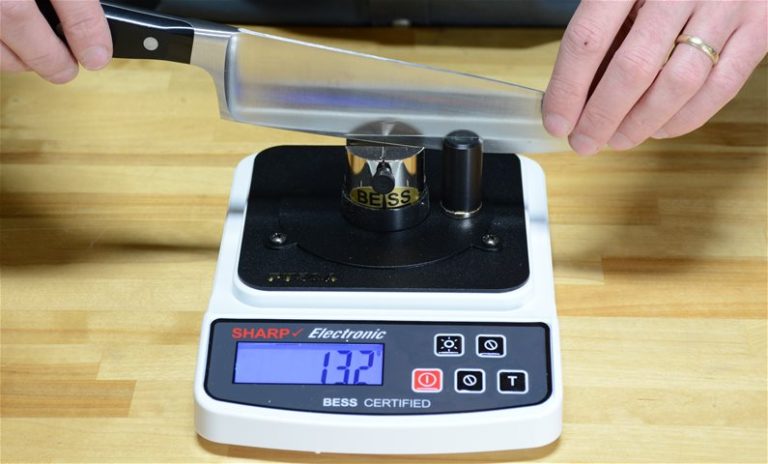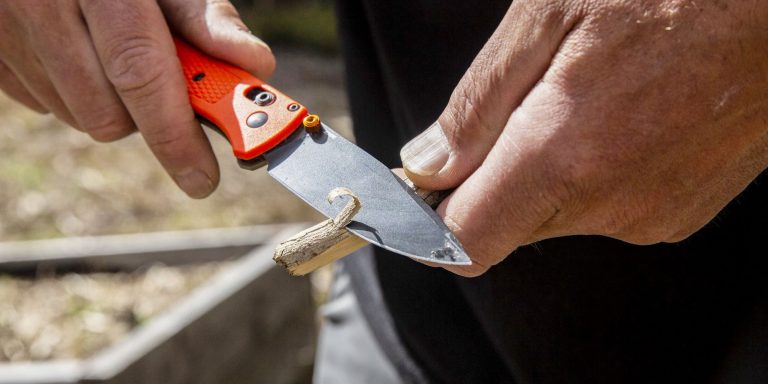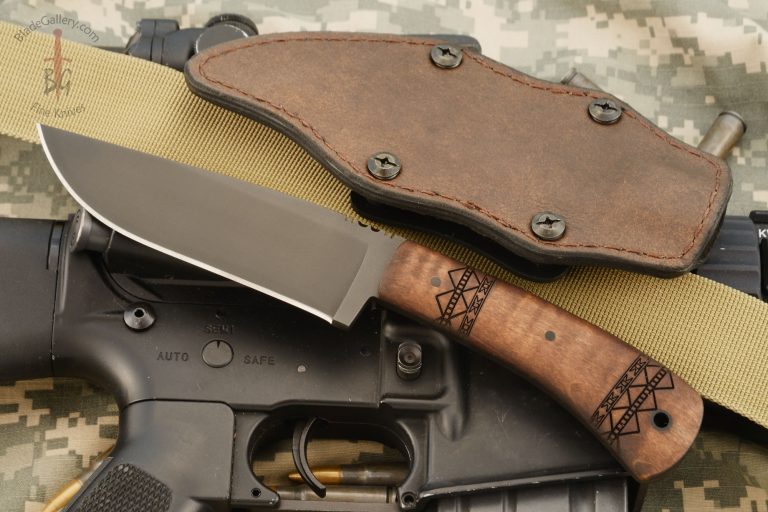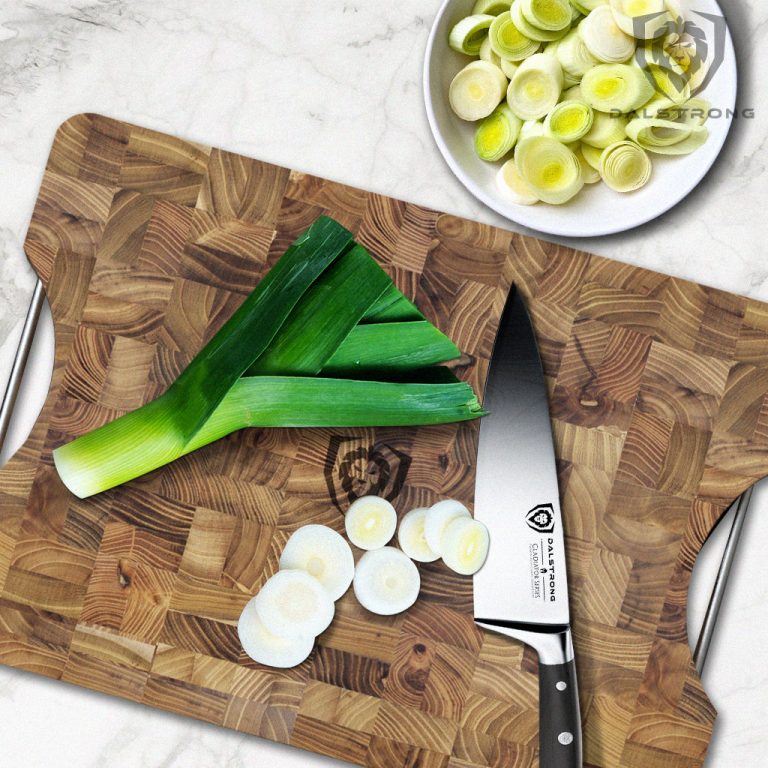Paring Knife Uses: Master the Art of Precision Cutting
The primary use of a paring knife is for precision cutting and peeling tasks. A paring knife is an essential tool in any kitchen, as its short, narrow blade allows for intricate and delicate work, such as removing the skin from fruits and vegetables or creating garnishes.
This versatile knife is perfect for tasks that require control and dexterity, making it ideal for trimming and shaping ingredients. Whether you’re prepping ingredients for a meal or creating beautiful presentation pieces, a paring knife is a valuable tool that no home or professional chef should be without.
Its compact size and sharp blade make it the go-to choice for detailed tasks that require finesse in the kitchen.
**Why Paring Knives Are Essential For Every Kitchen**
Why Paring Knives are Essential for Every Kitchen
A paring knife is a must-have tool in any kitchen. It is a small, versatile knife that can handle a wide range of tasks. From peeling fruits and vegetables to trimming meats and creating garnishes, paring knives are perfect for precision work.
One of the key reasons why paring knives are so important is their ability to handle delicate fruits and vegetables. The sharp, narrow blade allows for precise peeling without wasting any of the valuable produce. Paring knives are also great for removing seeds, cores, and stems from fruits and vegetables.
Another important use of paring knives is for trimming meats. Whether it’s removing excess fat or skin from chicken breasts or cleaning fish, a paring knife offers the control and precision needed to do the job properly.
Moreover, paring knives are perfect for intricate tasks like creating garnishes. Whether you want to carve fancy designs out of fruits or vegetables or create beautiful radish roses, a paring knife is an essential tool for garnishing.
In conclusion, the versatility of paring knives makes them an irreplaceable tool in the kitchen. From peeling and trimming to garnishing, these small knives can handle it all with precision and ease.
**Anatomy Of A Paring Knife**
A paring knife is a versatile tool used for precision cutting in the kitchen. Let’s explore the different parts of a paring knife and their significance in achieving accuracy and control.
| Part | Significance |
|---|---|
| Blade | The sharp, pointed blade enables precise slicing, peeling, and trimming of fruits, vegetables, and other delicate ingredients. |
| Handle | The ergonomic handle provides a comfortable grip, promoting accuracy and reducing hand fatigue during extended use. |
| Tang | The tang, or the extension of the blade into the handle, adds stability and balance to the knife, enhancing control and maneuverability. |
| Bolster | The bolster, a thickened area of metal transitioning from the blade to the handle, ensures better control and protection for your fingers. |
| Spine | The spine, opposite the sharp edge of the blade, allows you to apply precise pressure when making delicate cuts. |
| Tip | The tip is ideal for intricate work, such as removing eyes from potatoes or deveining shrimp, providing you with fine control and precision. |
By understanding the anatomy of a paring knife and the significance of each part, you can harness its capabilities for precise and efficient cutting in your culinary endeavors.
**Choosing The Right Paring Knife For Your Needs**
Choosing the right paring knife for your needs involves understanding the different blade materials and their pros and cons. The blade material affects the knife’s sharpness, durability, and ease of maintenance. High-carbon stainless steel blades are popular for their exceptional sharpness and corrosion resistance, while carbon steel blades offer unmatched edge retention but require frequent maintenance. Ceramic blades are incredibly sharp and retain their sharpness for a long time, but they are more brittle.In addition to blade materials, the handle of a paring knife plays a crucial role in its usability. Different handle options offer ergonomic advantages to enhance comfort, grip, and control while using the knife. Wooden handles provide a classic, stylish look and a natural grip, but they require regular oiling to prevent drying or cracking. Plastic handles are lightweight, easy to clean, and have a non-slip grip. Meanwhile, rubber handles offer excellent traction and are comfortable to hold for extended periods.
Choosing the right paring knife involves considering your specific needs and preferences regarding blade material and handle type. Understanding these factors will help you find a paring knife that meets your requirements and makes your food preparation tasks effortless and enjoyable.**Mastering Basic Precision Cutting Techniques**
Paring Knife Uses
When it comes to **paring knife uses**, mastering basic precision cutting techniques is crucial. To ensure optimal control, it’s important to understand the proper grip and hand positioning. By holding the knife properly, you can achieve precise and accurate cuts. The key to precision slicing is to employ tips and tricks for thin and even cuts. This includes maintaining a steady hand, using controlled movements, and maintaining a consistent angle. Additionally, specialized techniques such as peeling and coring can help minimize waste. These techniques allow you to remove skin and seeds from fruits and vegetables with precision, saving both time and ingredients. With practice and attention to detail, you can become adept at using a paring knife for various tasks in the kitchen.
**Paring Knife Uses: Beyond Fruits And Vegetables**
Paring Knife Uses: Beyond Fruits and Vegetables
Exploring the various applications of paring knives opens up a world of culinary possibilities. While commonly used for fruit and vegetable prep, these versatile knives offer so much more. Their precise blades make them perfect for trimming meats with utmost precision, ensuring a chef-worthy result. Additionally, paring knives prove their worth in the art of garnishing, adding that final touch of finesse to your dish.
But the creative potential doesn’t stop there. Paring knives can be the secret weapon in chocolate sculpting, allowing intricate designs to come to life. Moreover, these nimble blades excel at cheese sculpting, enabling you to impress guests with beautifully carved cheese masterpieces.
So, ditch the notion that paring knives are limited to fruits and vegetables. Their versatility is unmatched, making them an essential tool for any creative cook or chef.
**Maintaining And Caring For Your Paring Knife**
Maintaining and caring for your paring knife is essential to prolong its lifespan and ensure optimal performance. Proper cleaning and storage techniques are crucial for keeping the knife in top shape. After each use, it is important to **clean the knife** thoroughly with warm water and mild soap, avoiding harsh abrasives that can damage the blade. **Dry the knife** immediately to prevent rusting or dulling of the blade. For storage, consider using a knife block or a knife drawer insert to protect the blade and prevent accidents. Regular sharpening and honing are also crucial to maintain a sharp edge. **Sharpen the knife** using a honing steel or sharpening stone to keep it performing at its best. Additionally, honing the knife regularly helps to realign the blade, extending its lifespan. By following these maintenance and care practices, you can ensure that your paring knife remains sharp and functional for years to come.**Advanced Precision Cutting Techniques And Garnishing**
The paring knife is a versatile tool that can be used for a variety of precision cutting techniques in the kitchen. From delicate chiffonade cuts to fine julienne strips, this knife allows for advanced cutting techniques that enhance the visual appeal and texture of dishes. Mastering these techniques can elevate your cooking skills and bring a touch of professionalism to your meals.
In addition to precision cutting, the paring knife is also essential for garnishing. With this knife, you can create intricate designs and decorations to elevate the plating and presentation of your dishes. Whether it’s adding a decorative swirl of sauce or finely chopped herbs, garnishing with a paring knife allows you to show off your artistic flair and attention to detail.
**Paring Knives Vs Other Kitchen Knives: When To Reach For The Paring Knife**
Paring Knife Uses |
Comparing paring knives with other commonly used kitchen knivesParing knives are versatile tools that have their own unique advantages compared to other kitchen knives. While larger knives like chef’s knives are great for general cutting and slicing, paring knives are more adept at precise tasks. Their smaller size and pointed tip make them ideal for delicate work such as peeling, trimming, and intricate cutting. When it comes to smaller fruits, vegetables, and herbs, paring knives shine. They allow for controlled, intricate movements without damaging the delicate produce. Additionally, their sharpness and maneuverability are perfect for tasks such as deveining shrimp or trimming fat from meat. In situations where finesse is required, paring knives excel. They are ideal for tasks like creating decorative garnishes, scoring dough, or even sectioning citrus fruits. Their versatility and precision make them an essential tool in any kitchen. |
**Recommended Paring Knife Brands And Models**
**Recommended Paring Knife Brands and Models:**
Highlighting top-rated paring knife brands and models, this guide aims to assist you in choosing the perfect paring knife for your culinary needs. We reviewed customer feedback, durability, and overall performance to ensure accuracy and reliability.
The **Wüsthof Classic Paring Knife** stands out with its impeccable precision and exceptional cutting ability. Its high-carbon stainless steel blade ensures long-lasting sharpness, while the comfortable handle allows for a secure grip. Another top pick is the **Victorinox Swiss Army Paring Knife**, known for its affordable price and versatility in the kitchen. With a razor-sharp edge and ergonomic design, it is a popular choice among both professionals and home cooks.
For those seeking innovation and craftsmanship, the **Shun Classic Paring Knife** delivers outstanding performance. Its sharp, handcrafted blade and sleek design make it a stylish and reliable addition to any kitchen. Alternatively, the **Global Classic Paring Knife** offers a distinct Japanese aesthetic with its slender blade and stainless-steel construction, guaranteeing precise cuts every time.
When deciding on the right paring knife for your needs, consider factors such as blade material, handle comfort, and overall durability. Each of these top-rated brands and models brings unique qualities to the table, ensuring that you can tackle any paring task with ease. Choose the one that best suits your preferences and elevate your culinary experience.
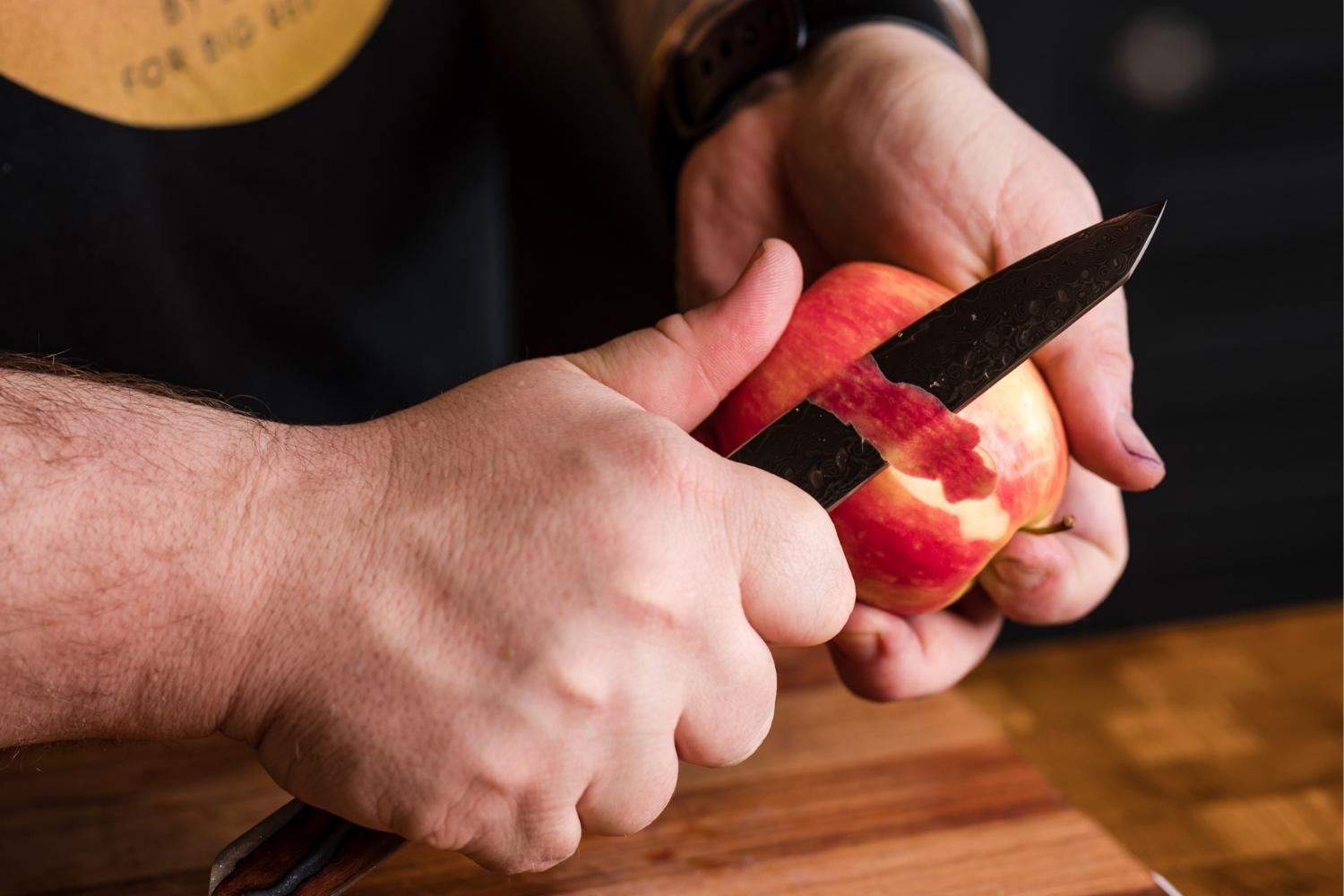
Credit: www.koiknives.com
Conclusion
The paring knife is an essential tool in any kitchen, offering a variety of uses and benefits for both amateur and professional chefs alike. With its small and maneuverable size, it excels in tasks such as peeling, trimming, and shaping fruits and vegetables.
The sharp blade allows for precise cuts and intricate designs, making it a go-to tool for garnishing and decorating dishes. Additionally, its versatility extends beyond produce, as it can be used for tasks like deveining shrimp or sectioning citrus fruits.
Its compact size also makes it a portable option for picnics or camping trips. Whether you are a culinary enthusiast or simply enjoy cooking at home, a paring knife is a must-have addition to your kitchen arsenal. Upgrade your culinary skills and elevate your dishes by embracing the endless possibilities offered by this humble yet powerful knife.

